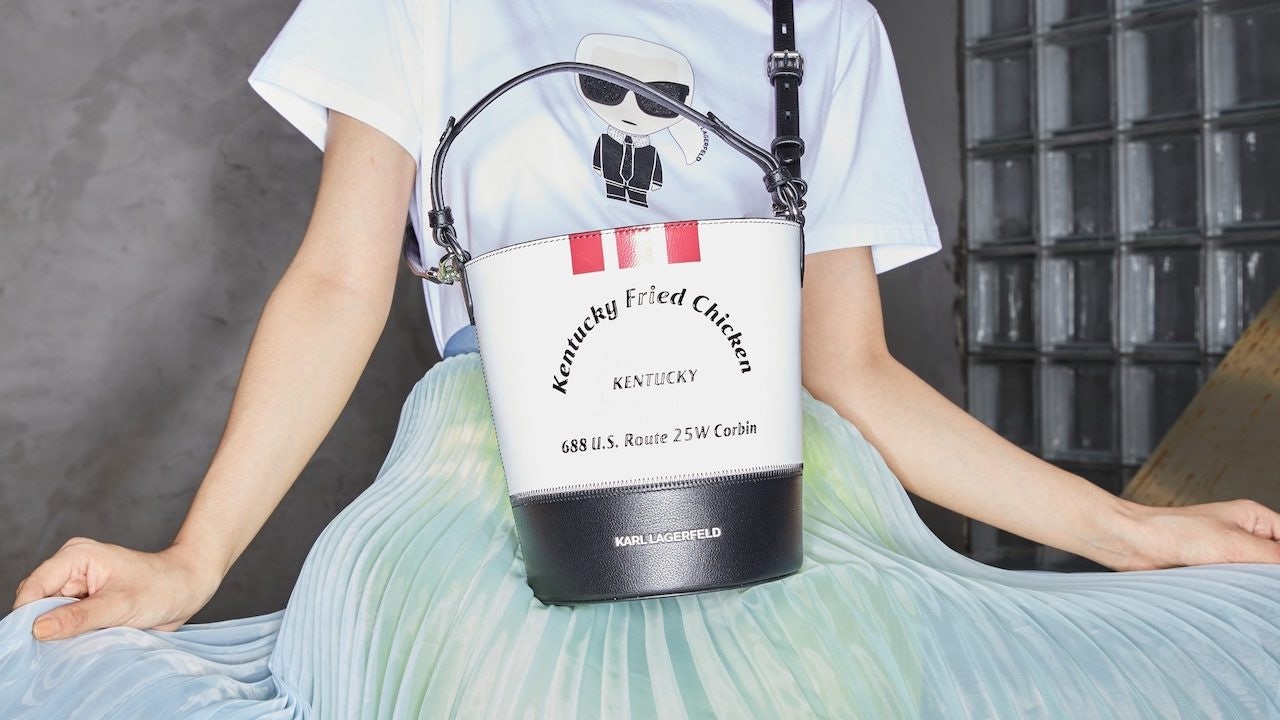In this five-part series, Jing Daily looks into the lessons that every brand should learn from the evolution of content commerce in China since the start of the Covid-19 pandemic in early 2020. We will publish one piece every week, with the full series to be made available for download as a PDF. If you missed Part One of the series, you can give that a read here.
Strategy 1: Unexpected Collaborations#
Brand collaborations are nothing new in China (or globally), but where companies in China pulled ahead of the pack in 2020 was in taking real chances and launching unexpected collaborations that created deeper connections with consumers rather than simply attracting buzz. Some of the most innovative collaborations were seen in the consumer goods and food and beverage industries, with lessons to be learned for all.
What Luxury Can Learn From Fast Food#
One company that has mastered the art of the unexpected collaboration is fast food mainstay Kentucky Fried Chicken (KFC), which made headlines worldwide for its collaboration with Crocs on a pair of fried chicken-printed and -scented shoes. The sought-after clogs were only available in the United States and China, a market where KFC has gone even further into collaborations, including:
- The release of two joint products with the old-school Chinese insect repellent brand Liushen: an herbal water-flavored KFC coffee drink and a coffee-scented version of Liushen’s repellent. While audiences outside of China may have recoiled at the concept, young Chinese consumers in China were drawn by the nostalgia factor, recalling the scent of Liushen’s Florida water from their childhoods. (More on nostalgia marketing in a later section.)
- The creation of co-branded Karl Lagerfeld x KFC bucket-shaped handbags and shopping totes to mark the 80th anniversary of KFC’s original fried chicken recipe. The limited-edition bucket bags rapidly sold out after their official launch during KFC’s Tmall Super Brand Day in September 2020.
- A collaboration with Chinese video streaming platform iQiyi’s popular Mist Theater collection of suspenseful drama series. KFC launched a campaign to place clues to the plots of Mist Theater shows on 10 million cups of its coffee, and offered additional incentives to iQiyi’s paid subscribers such as discount coupons, free coffee, and early access to content with the purchase of KFC coffee products.
- A campaign with the National Gallery in London that put world-famous Impressionist works from the museum’s collection on buckets and cups that were available at KFC’s more than 5,800 Chinese restaurants. The “Summer Impression” campaign also includes themed tea beverages and promotion by actor and brand ambassador Zhu Yilong.
Through its willingness to experiment and try virtually every type of content-commerce format, KFC ensured that it stayed front-of-mind and, perhaps more importantly, never let its marketing get too predictable or boring.
Mega-Collaborations#
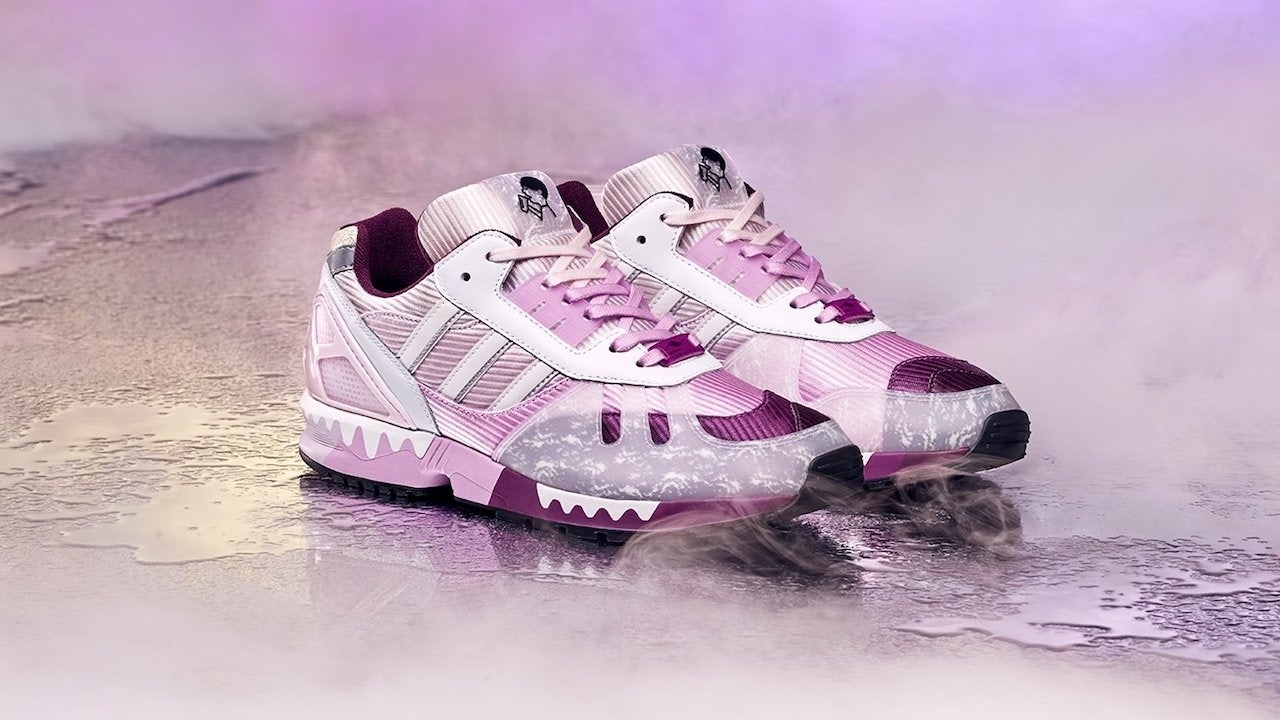
Another way that collaborations can boost their novelty is by involving a third party in a so-called “mega-collaboration.” An example of this was a spring 2020 collaboration between Airbnb and popular beverage chain Hey Tea (喜茶), one of China’s savviest collaborators.
For that campaign, designed to promote the “staycation” concept among would-be travelers who had just spent months cooped up at home, Airbnb and Hey Tea enlisted actress and musician Lin Yu-pin to curate a Shanghai getaway decorated in bright colors inspired by a Hey Tea mango beverage and amply supplied with Hey Tea products. Opportunities to win weekend stays were offered via social media channels — a case of a mega-collaboration used to generate engagement and awareness for the brand partners rather than merely selling products.
For its part, Hey Tea has made collaborations built around its popular, brightly colored beverages part of its core marketing strategy. In addition to reimagining a mango drink as an apartment via the Airbnb collaboration, it also partnered with Adidas to launch a limited-edition ZX model sneaker inspired by the chain’s popular “Succulent Grape” drink. The colorway of the sneaker included various shades of purple against a milky white base and the beverage brand’s logo for a very on-trend product that fuses the disparate but complementary youth trends of streetwear and fruity milk tea in one unexpected package that simply works.
While the West is seeing an increase in unexpected collaborations — the McDonald’s Travis Scott Meal comes to mind — in China, they are more than a gimmick, becoming widely accepted as a way for consumers to discover new brands and products. Although some products, such as the widely panned Spam x Oreo burger by McDonald’s China, miss the mark, more often than not a well-planned yet still unexpected collaboration can delight consumers and complement the broader marketing initiatives of all brands involved.
Strategy 2: Standout Livestreams#
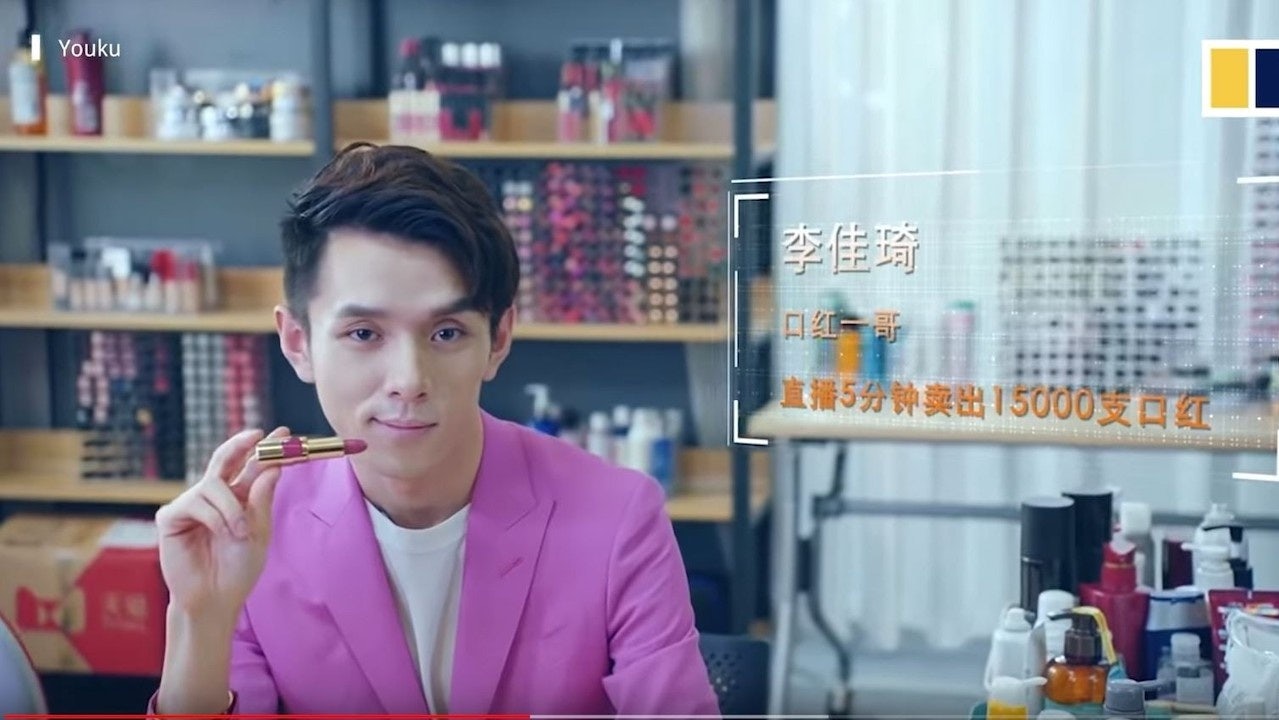
In many ways, 2020 was the year of e-commerce livestreaming in China. Top sellers such as “Lipstick King” Li Jiaqi, renowned for his encyclopedic knowledge of beauty brands, and Viya, who can sell everything from ramen to rocket launches, solidified their status as bona fide celebrities, while brands turned to sales broadcasts as a way to reach housebound consumers with an element of entertainment.
Saturation has quickly become a significant issue in China’s livestreaming industry. As of December 2020, China’s livestreaming audience had reached 617 million, a rise of 57 million since March of last year. But they’re not just watching, they’re shopping as well, as 388 million Chinese consumers made purchases via livestreams by December 2020, up from around 300 million last summer.
Inherent Shoppability#
Where Chinese livestreaming stands out is through its inherent shopability. Alibaba’s Taobao Live platform dominates the market, with approximately 80 percent market share, but other platforms are trying to gain market share. Alibaba rival JD.com has heavily promoted its own e-commerce livestreaming services and entered into a strategic partnership with short video platform Kuaishou, while fast-growing apps such as Bytedance’s Douyin (the Chinese version of TikTok), Bilibili, and a constellation of niche fashion-oriented players like Mogu, Secoo, and Xiaohongshu (Little Red Book) are investing heavily to attract influencers and shoppers alike.
In China, the effectiveness of livestreaming as an avenue to reach consumers — who share a willingness to sit through hours-long broadcasts that are essentially extremely long advertisements — has lured influencers, celebrities, and CEOs to get in front of the cameras to promote their brands. Luxury players have been quick to jump on the bandwagon, with Bulgari CEO Jean-Cristophe Babin recently telling Jing Daily, “We used livestreaming when we launched the Ambush collection on WeChat by collaborating with celebrities and KOLs to introduce the collection, linking to our WeChat Mini Program for conversion.”
Entertainment Value#
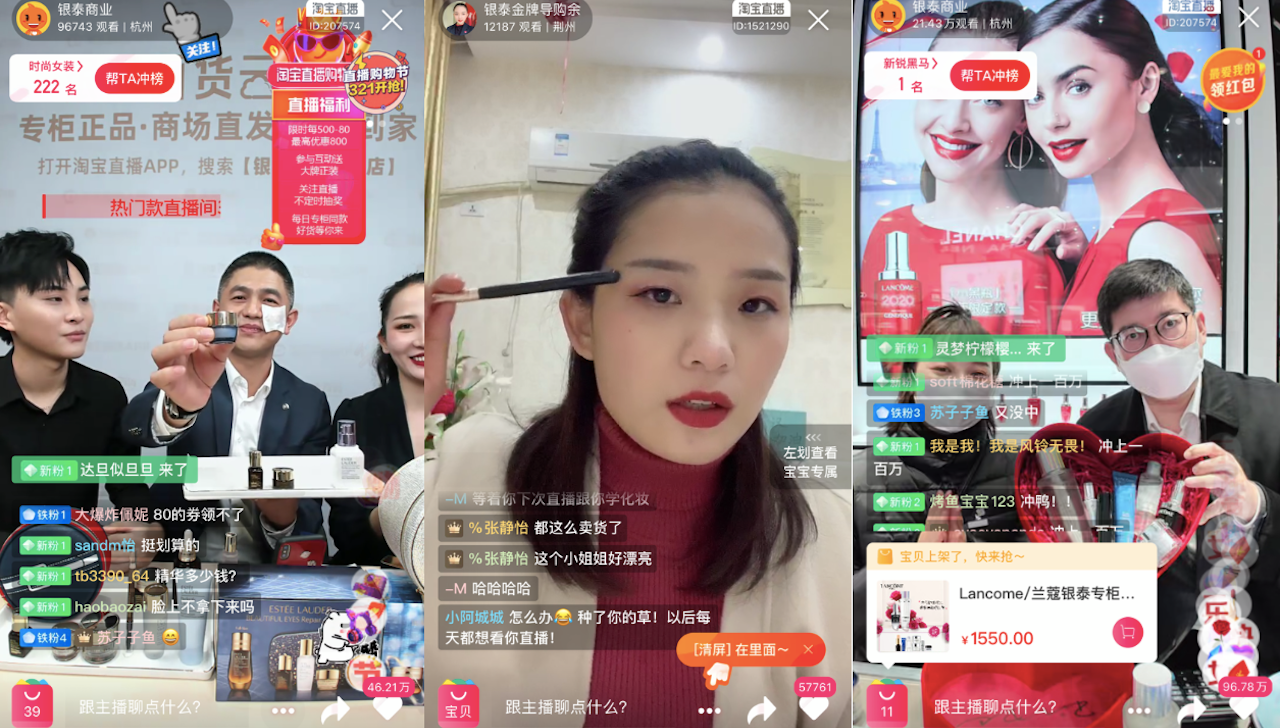
A common thread for livestreaming success in China, whether the broadcast is hosted by a celebrity or company founder, is entertainment value. The most successful applications of livestreaming in China are those that integrate with some form of entertainment, such as branded reality show-style productions or collaborations with popular shows.
An example of the latter was JD.com’s spin on Tencent Video’s standup comedy competition “Rock & Roast.” In the run-up to the November 11 Singles’ Day sales, JD.com partnered with the show’s producers to livestream a “season 3.5” of the series that highlighted the advantages and benefits of shopping on JD.com during the Singles’ Day sales period.
Meanwhile, rival Alibaba’s Taobao Live assembled a cast of a dozen comedians to share daily deals on hot products. Popular “Rock & Roast” competitors, such as champion Wang Mian, were also actively courted by brands for Singles’ Day, with Wang appearing in e-commerce livestreams to promote L'Oréal and Biotherm, among others.
Missed Marks#
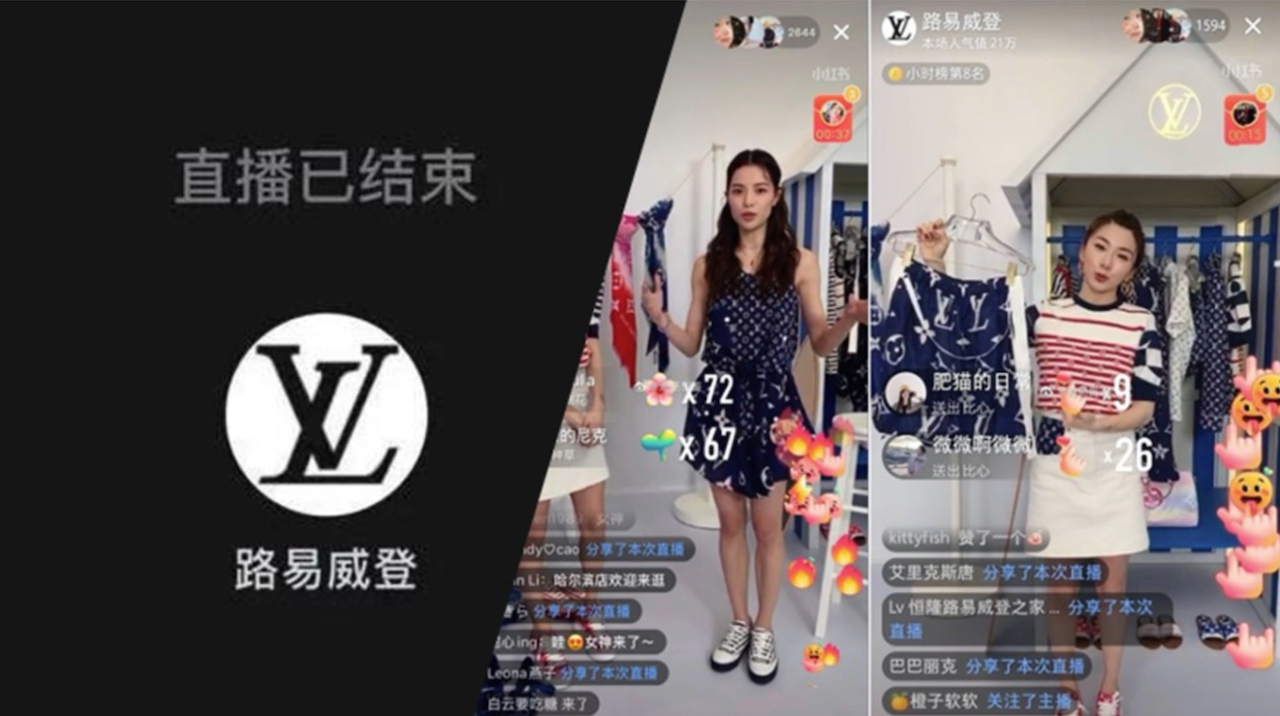
But major global brands have also failed to hit the right notes with their early livestreaming efforts in China. In March 2020, Louis Vuitton conducted its debut broadcast on its official Xiaohongshu channel with fashion blogger Yvonne Ching as host. Although the livestream garnered more than 880,000 views, according to the South China Morning Post, the audience reaction was far from uniformly positive, with some viewers criticizing the backdrop as cheap-looking and complaining about the number of references to making purchases.
More recently, Dior livestreamed its Spring 2021 Couture show to an audience of more than 11 million viewers on Weibo, with a panel discussion broadcast immediately afterwards hosted by media maven Hung Huang and featuring celebrity guests Carina Lau, Ming Xi, and Dior brand ambassador Yang Caiyu. The discussion was also livestreamed on platforms such as Douyin, Xiaohongshu, Bilibili, and Tencent Video. But while it drew many viewers, it may have fallen short on entertainment value, with audiences rating the discussion as boring, unrelatable, and awkward.
Dior’s experience, like that of Louis Vuitton, shows the complexities of engaging Chinese audiences, who are generally more open to commercial elements in programming. It’s a challenging proposition that requires the right combination of topic, trend, host, and medium to get right.
The impact of new and evolving regulations points to more uncertainty for brands. Throughout 2020 and into 2021, the Chinese government began a major crackdown on various types of livestreamed content, issuing new regulations aimed at an “intensive'' clean-up and announcing that it wants to apply AI and big data to promote “‘positive’ broadcasts in line with ‘core socialist values.’”
